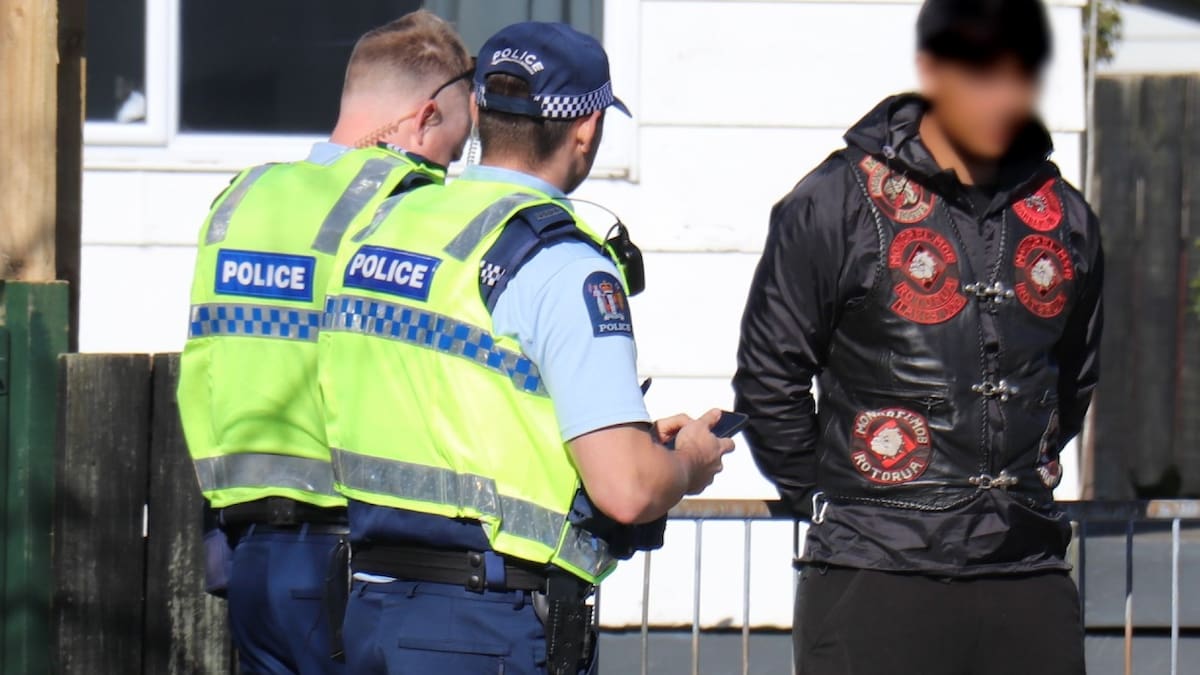Gardening columnist JACKIE WARBURTON says anything is possible and with a little bit of ingenuity, gardeners can get plants through the hard weather.
Tropical trees can be planted close to building structures that are north facing and benefit from the warmth of the bricks in the winter.

This will increase the soil temperature below by a few degrees and can help plants just survive our tough winter climate.
A good example is the jacaranda mimosifolia I saw growing in Forrest a few years ago. This large, four-metre tree was tucked up under the eaves and the main trunk was protected by an evergreen citrus tree in front.
This proves that anything is possible, with a little bit of ingenuity, to get plants through the hard weather.
Other tropical plants I’ve seen growing well under protection in Canberra gardens include bougainvilleas, mandivellas and geisha girls. With a little protection, a microclimate and good soils, anything is possible.

I’M growing a messy shrub, a Buddleia globosa, in the garden this year. It’s good for planting under native or deciduous trees where leaf litter is a problem. The leaves will fall through the shrub and create a mulch.
Its unusual vibrant yellow flowers are small and pom-pom-like, making the plant a must-have for a cottage garden collector of unusual plants.
While many Buddleias are environmentally friendly, there are other varieties that are becoming invasive into bushland and need to be kept in check.
Buddleia davidii has become naturalised in some parts of NSW and has been difficult to control as it seeds when it is young and self-seeds quite quickly.
There are a few Australian-bred varieties on the market such as Wattlebird that has panicles of soft yellow flowers in spring and grows to two metres. It’s completely sterile and can be a really sweet addition to the native garden.
Buddleias are supreme pollinators for birds and butterflies and a must for any garden for long-lasting summer flowering. They flower generally on new wood, so a good chop will keep them happy. They’re easy to propagate with semi-hardwood cuttings in summer and autumn.
WITH spring only six weeks away, now’s the time to have a look at any seed packets left over from last season to sow for spring planting, when the soils are warmer.
To test if the stored seed is still viable, soak in water – if they sink they’re good to plant. Add a little seaweed solution to the water and soak overnight to give seeds a good start when planted out.
The seed makes its own fertiliser until it germinates, so only begin to lightly fertilise when there is sprouting. Water with tepid water in the middle of the day and allow seedings to dry before the cool evening temperatures set in.
GARDEN beds that have been left fallow over the winter can be weeded, cow manure added and lightly turned over. Keep the area well-watered by using a biological soil improver and the ground should be ready for planting when the soil warms in October.
Jottings
- Keep planting spinach, broad beans and corn salad.
- Plant asparagus and add lime to the soil, add compost and mulch.
- Put cow or horse manure around roses to increase flower colour.
- Deadhead cyclamens by twisting flower stems from the base.
Who can be trusted?
In a world of spin and confusion, there’s never been a more important time to support independent journalism in Canberra.
If you trust our work online and want to enforce the power of independent voices, I invite you to make a small contribution.
Every dollar of support is invested back into our journalism to help keep citynews.com.au strong and free.
Thank you,
Ian Meikle, editor






